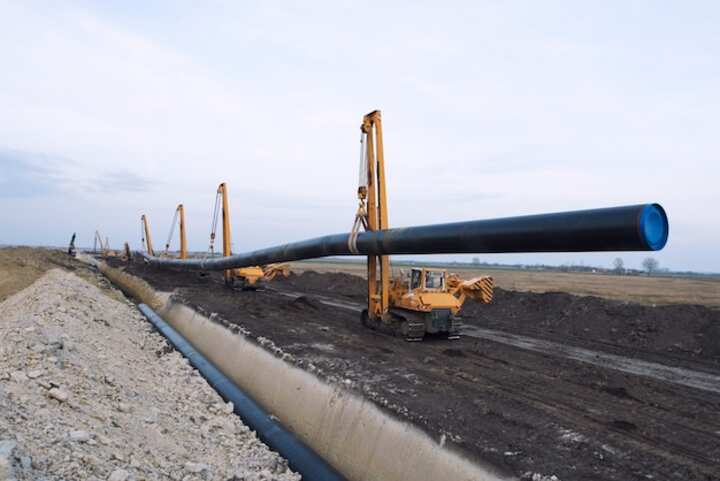
Enhance Your Project with Lime Soil Stabilization Services
In the realm of construction and civil engineering, the stability and durability of structures largely depend on the quality of the soil upon which they are built. One of the most effective methods to enhance soil properties is lime soil stabilization. This process involves the addition of lime to soil to improve its physical and chemical characteristics, making it more suitable for construction purposes. Lime soil stabilization is particularly beneficial in areas with clayey or expansive soils, where traditional methods may fall short. This article delves into the intricacies of lime soil stabilization, its benefits, applications, and the reasons why it is a preferred choice for many construction projects.
What is Lime Soil Stabilization?
Lime soil stabilization is a technique used to improve the engineering properties of soil. This process involves mixing lime with soil to enhance its strength, stability, and load-bearing capacity. The lime reacts with the clay particles in the soil, leading to a chemical transformation that results in a more stable and robust material.
Key Benefits of Lime Soil Stabilization
- Increased Load-Bearing Capacity: Lime-treated soils exhibit enhanced load-bearing properties, making them suitable for supporting heavy structures.
- Reduced Plasticity: By decreasing the plasticity of clayey soils, lime stabilization reduces the soil's tendency to swell and shrink with moisture changes.
- Improved Workability: The addition of lime makes the soil easier to work with, facilitating smoother construction processes.
- Enhanced Durability: Lime stabilization increases the durability of soil, protecting it from erosion and weather-related damages.
- Cost Efficiency: This method often proves more cost-effective than importing and replacing unsuitable soils.
Read more about this topic on this page.
Applications of Lime Soil Stabilization
Lime soil stabilization is versatile and applicable in various construction scenarios. Its use ranges from large-scale infrastructural projects to smaller residential developments. Here are some common applications:
Road Construction
Roads, highways, and pavements benefit immensely from lime stabilization. The process provides a solid foundation that can withstand heavy traffic and adverse weather conditions.
Foundations and Embankments
For building foundations and embankments, lime stabilization offers a reliable solution to ensure stability and prevent settling or shifting. Learn more in this detailed guide here.
Airfields and Runways
Airfield and runway construction requires highly stable and durable surfaces. Lime stabilization is often employed to achieve the necessary structural integrity and longevity.
Landfills and Dams
In the construction of landfills and dams, lime stabilization helps in creating impermeable barriers, preventing leakage and ensuring environmental safety.
Find additional information on these applications here.
Why Choose Lime Soil Stabilization?
The decision to utilize lime soil stabilization is influenced by several factors, each contributing to its growing popularity in the construction industry.
- Sustainability: Lime is a natural material, making this method environmentally friendly and sustainable.
- Versatility: Applicable across diverse soil types and project requirements, lime stabilization is adaptable to different environmental conditions.
- Time Efficiency: The process can be completed relatively quickly compared to other soil improvement techniques, which can be crucial in time-sensitive projects.
- Long-Term Performance: Structures built on lime-stabilized soils exhibit superior longevity, reducing the need for frequent repairs and maintenance.
Explore further insights into the benefits of lime stabilization here.
Conclusion
Lime soil stabilization stands out as a robust solution for enhancing soil properties, ensuring structural stability, and supporting sustainable construction practices. Its wide-ranging applications and numerous benefits make it an invaluable technique in modern civil engineering. Whether dealing with expansive clay soils or seeking to improve the load-bearing capacity of a site, lime stabilization offers an efficient, cost-effective, and environmentally friendly approach. To delve deeper into the intricacies of lime soil stabilization, find additional information here.